Different type of cloth bag patterns!
We offer a wide variety of handbag, purse, tote bag and travel bag patterns to suit your every need.
Create a bag that you can carry for any occasion or during any season. This free purse pattern is absolutely perfect in every way and is great for moms and grandmas on the go.
Handmade cloth bag pattern ideas
There are many different ways to make a cloth bag, but using a pattern is often the easiest way to get started. There are a variety of different patterns available for handmade cloth bags, so you can choose the one that best suits your needs. Whether you want a simple tote bag or something more elaborate, you can find a pattern to suit your taste.
Creative swan theme handmade cloth bags design
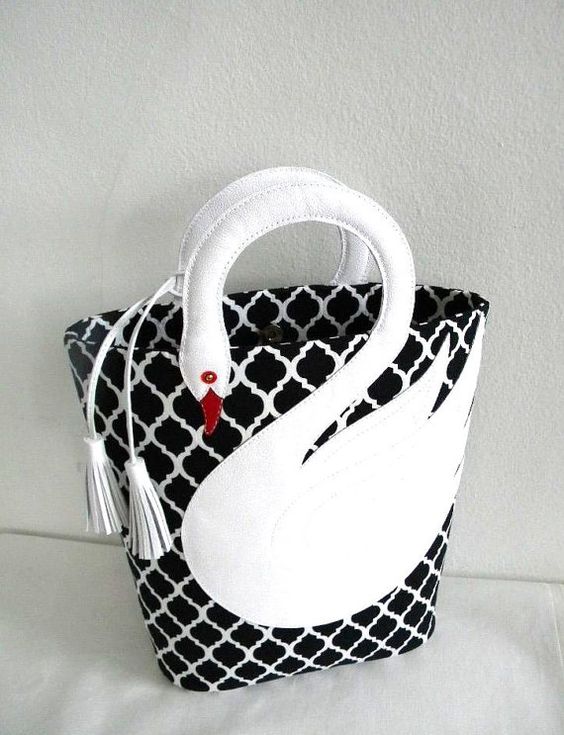
Pink Handmade cloth bag design for girls and kids
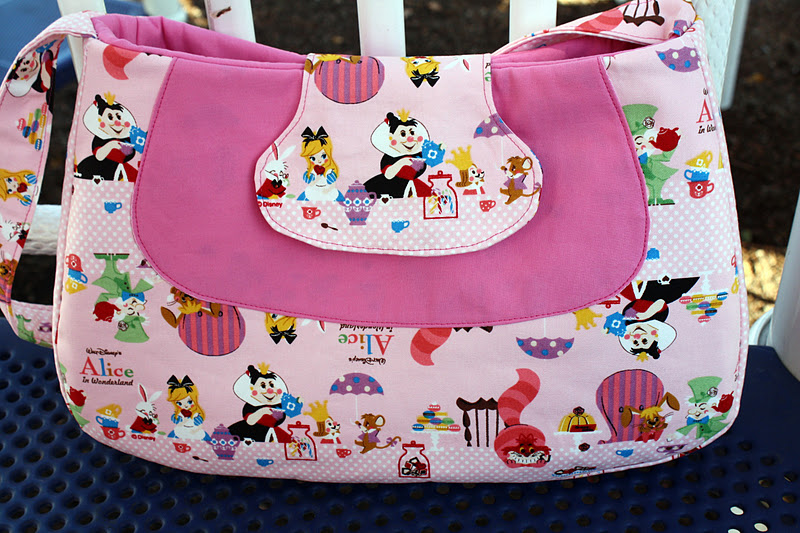
Red flower cloth bag design
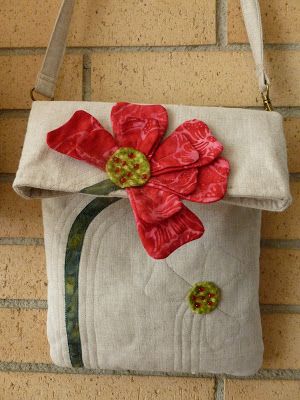
Cute patchwork bag design
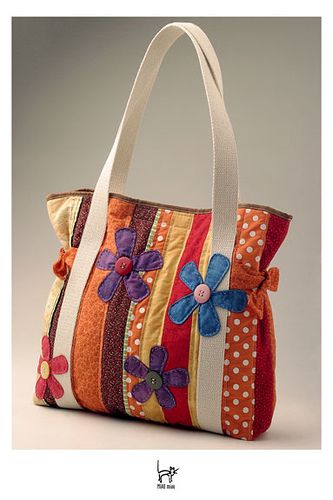
Colorful cloth bag design
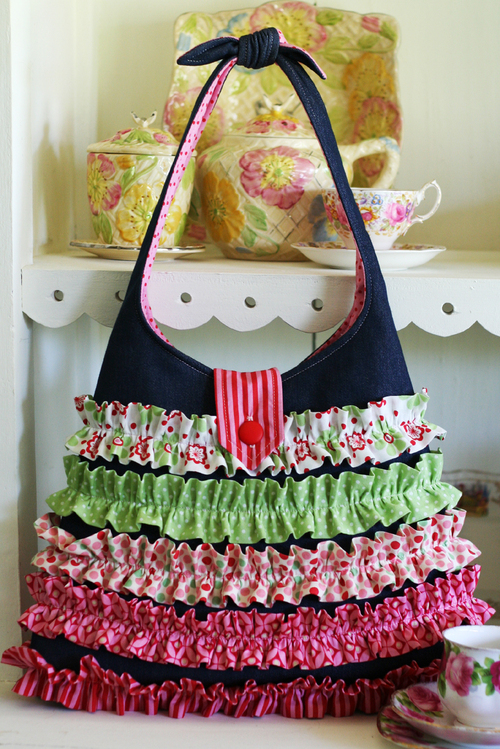
Tote Bag With Patchwork
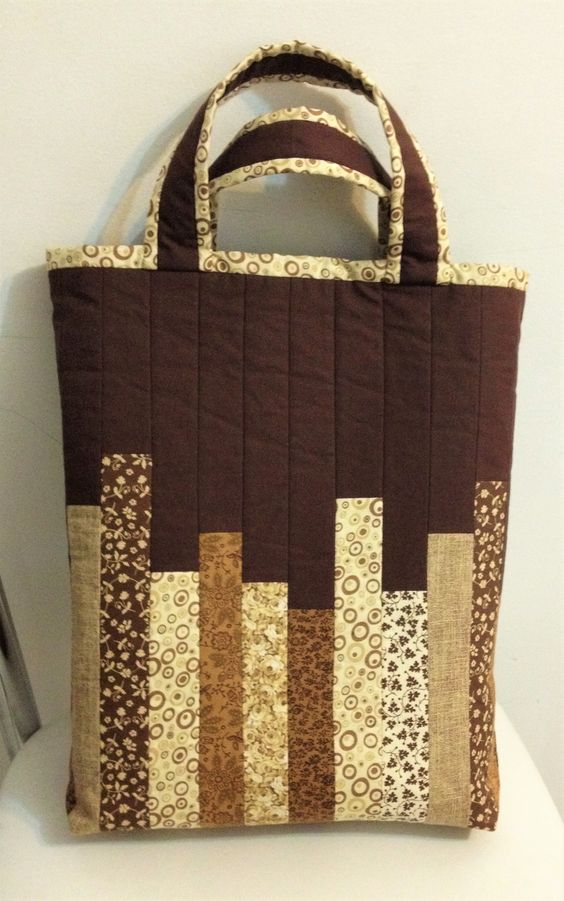
Handmade cloth bag

Patchwork cloth bag pattern

Cloth bag for girls

Cloth bag pattern for married women
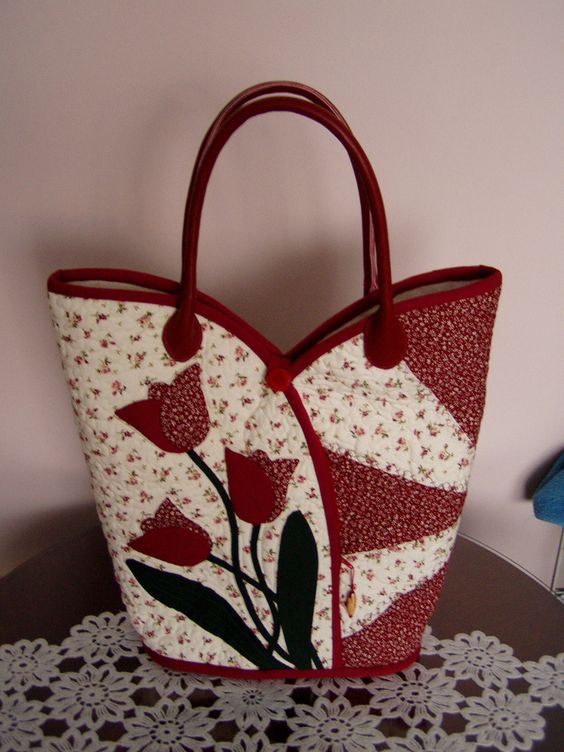
Denim cloth bag pattern
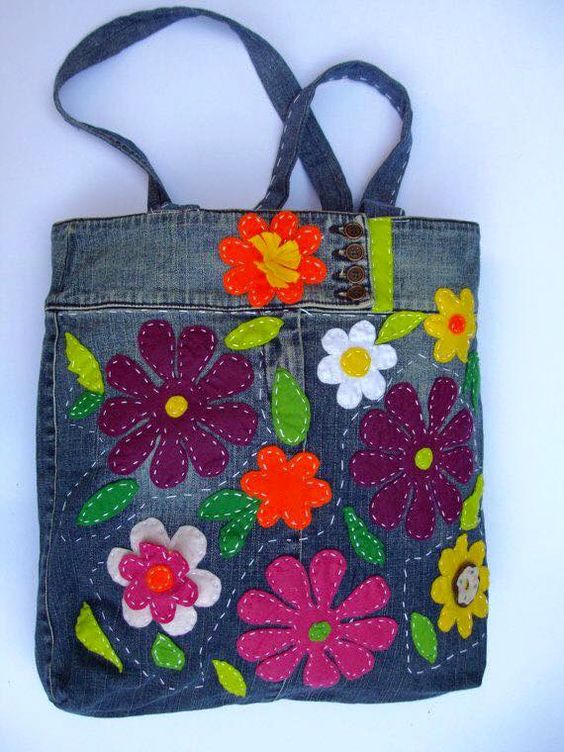
Cloth bag pattern for Girls

Cloth bag pattern for Mother

Cloth bag pattern for Animal Lovers

Cloth bag pattern for Kids

Cloth bag pattern with Lotus Flower

Cloth bag pattern for Denim Lovers

Cloth bag pattern with Wooden Handle
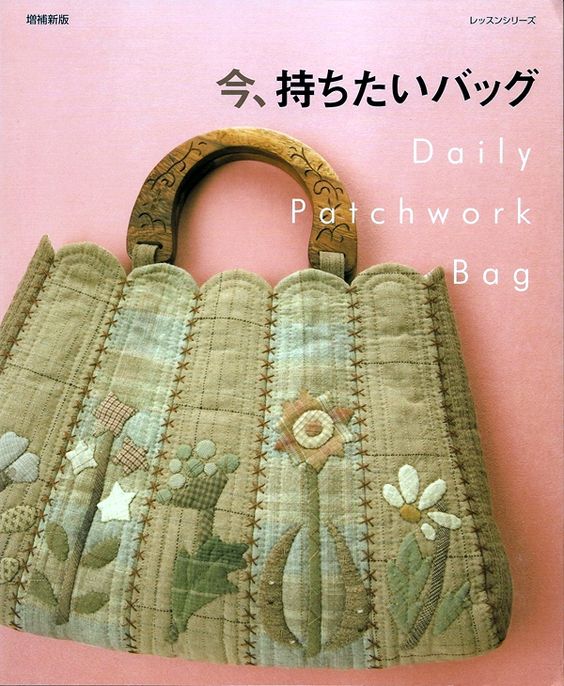
Cloth bag pattern for Storing Daily Items

Elegant cloth bag pattern
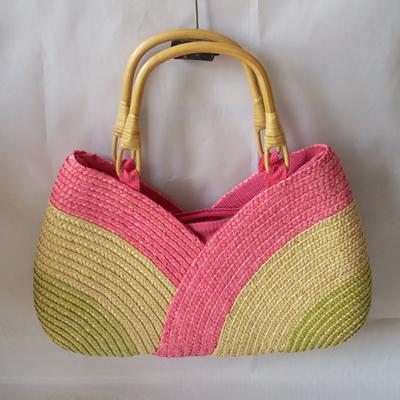
Cloth bag design with flowers
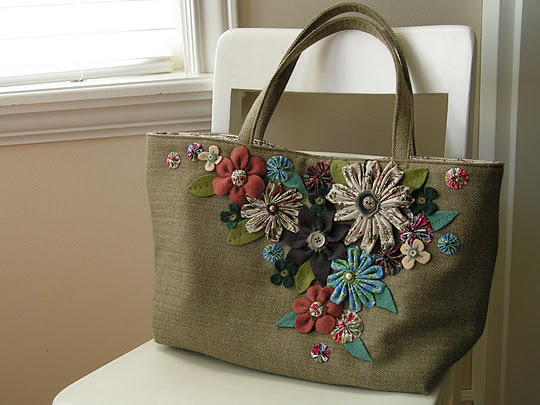
Cloth bag design with leather belt

Types of Cloth Bag Patterns
1. Cloth Bag Patterns
Cloth bags are great for storing small items, especially if they have a drawstring closure. You can make them out of any fabric you want, but I recommend using cotton or linen fabrics. If you use a heavier fabric, you may need to add some weight to the bottom of the bag to keep it from flopping over.
2. Drawstring Bags
Drawstring bags are similar to regular cloth bags except that they have a drawstring at the top instead of a zipper. These types of bags are great for storing smaller items, like keys, coins, and jewelry.
3. Handbag Pattern
This pattern is perfect for making a handbag! You can use any type of fabric you want, but my favorite is canvas. You can find free printable patterns online, or you can buy a pattern book.
4. Tote Bag Pattern
Totes are great for carrying groceries, school supplies, and other things around the house. You can make these bags out of any type of fabric you choose, but I recommend using canvas or denim.
5. Zipper Bags
Zipper bags are great for storing larger items, like books, magazines, and clothes. You can make these out of any type of material you want, but I prefer using nylon or polyester.
6. Fabric Flower Bags
Flower bags are great for holding flowers. You can make these from any type of fabric you like, but I recommend using a lightweight fabric.
7. Fabric Flower Pots
These flower pots are great for growing herbs indoors. You can make these pots out of any type of plastic or ceramic material you want, but my favorites are terracotta and clay.
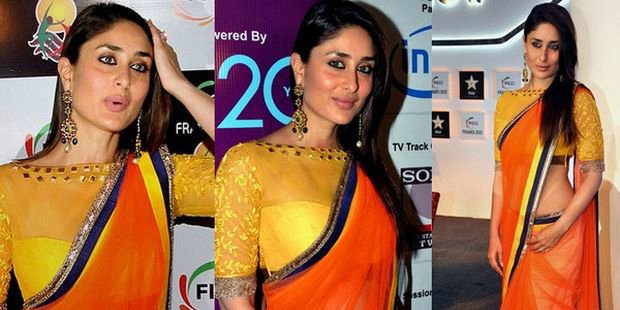

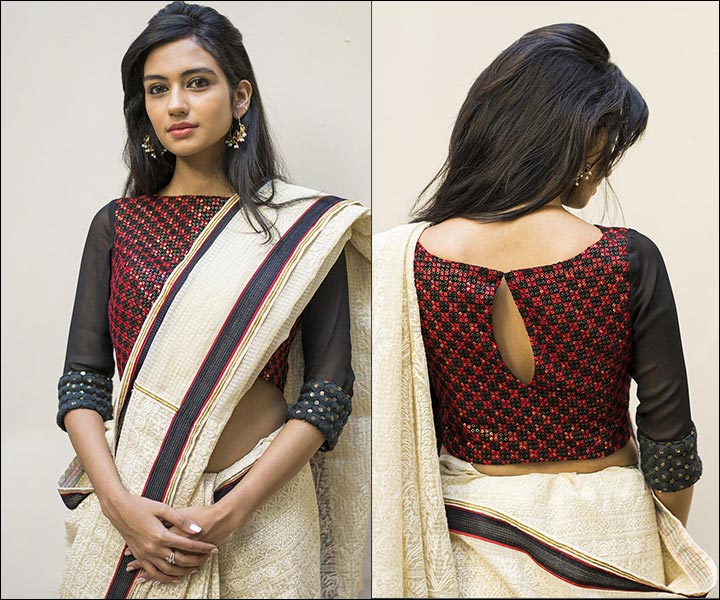
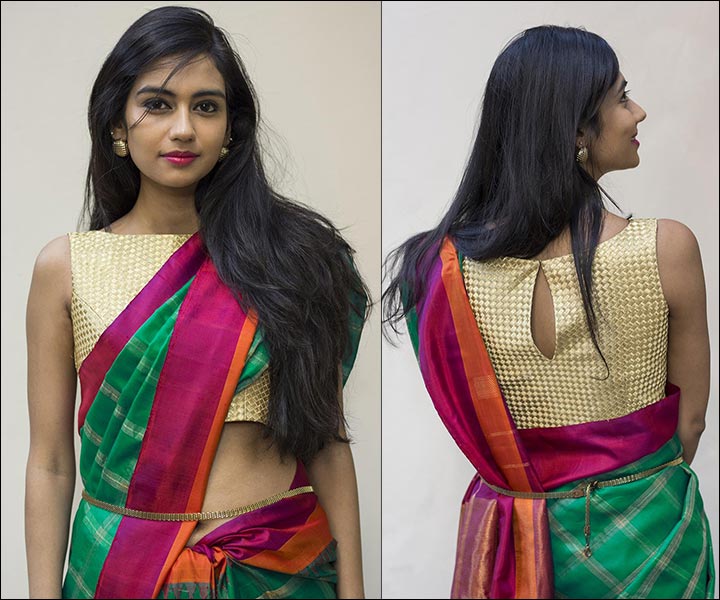

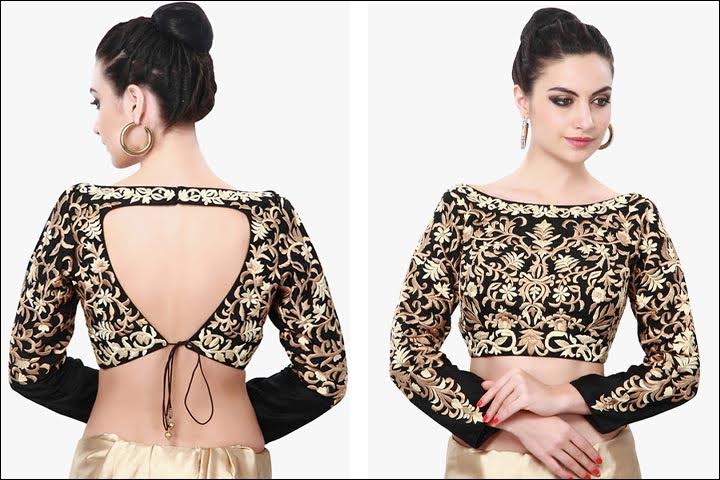
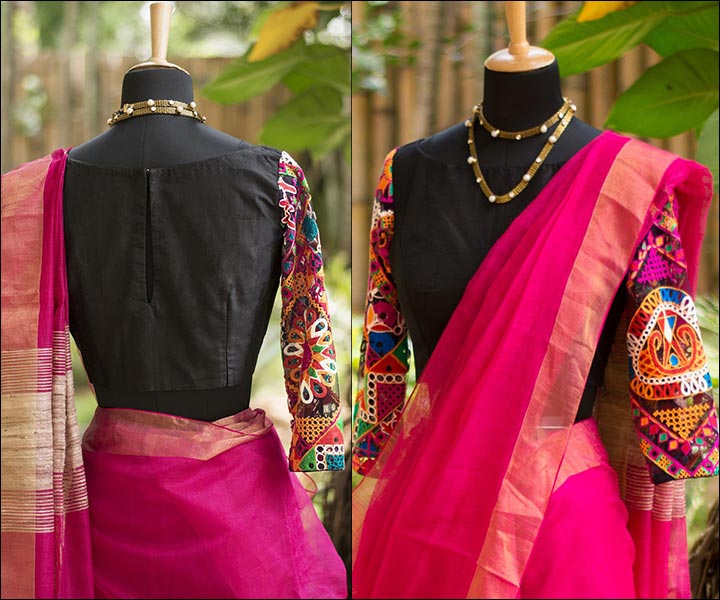


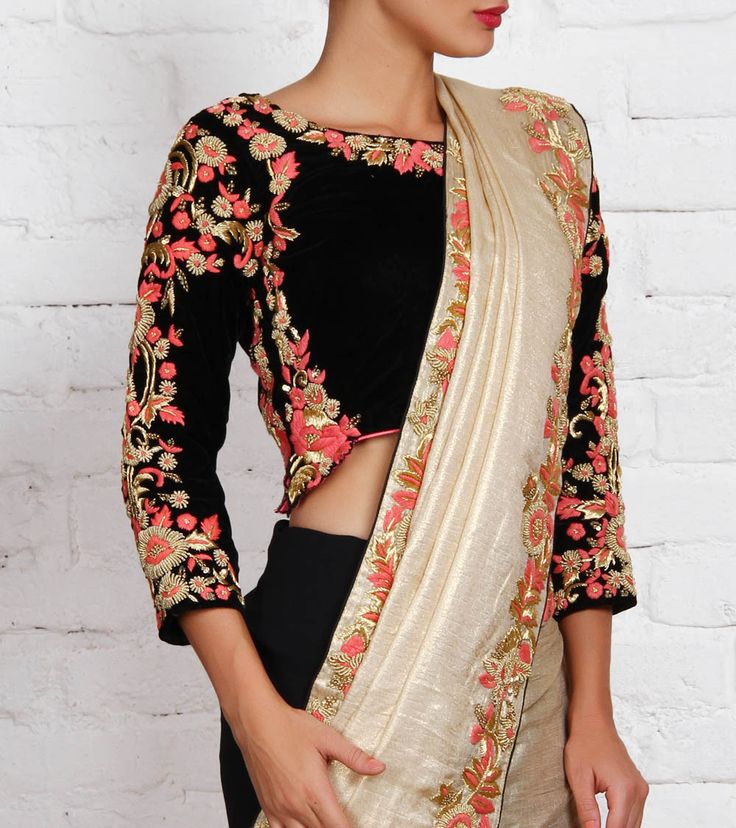
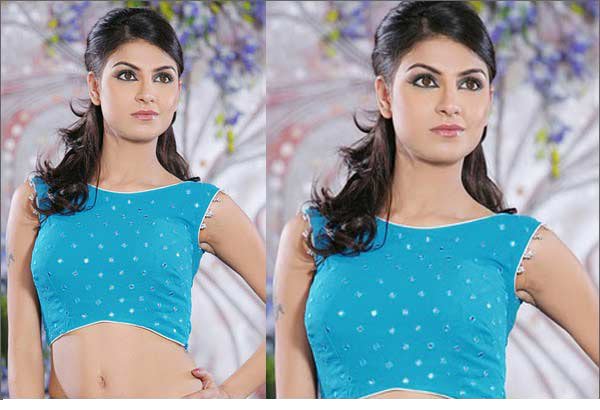
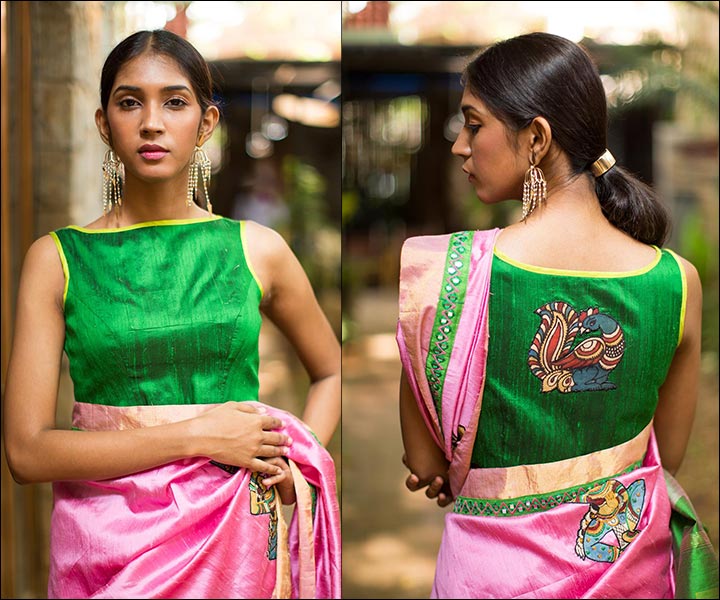
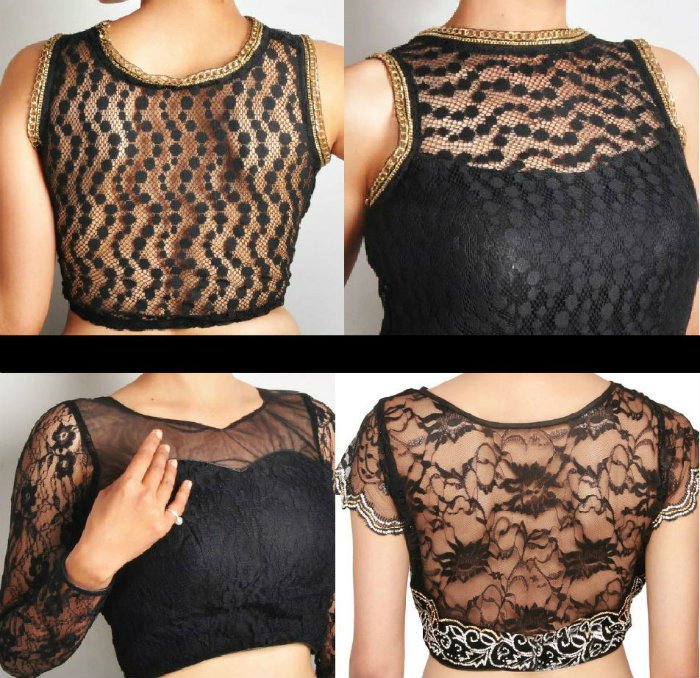
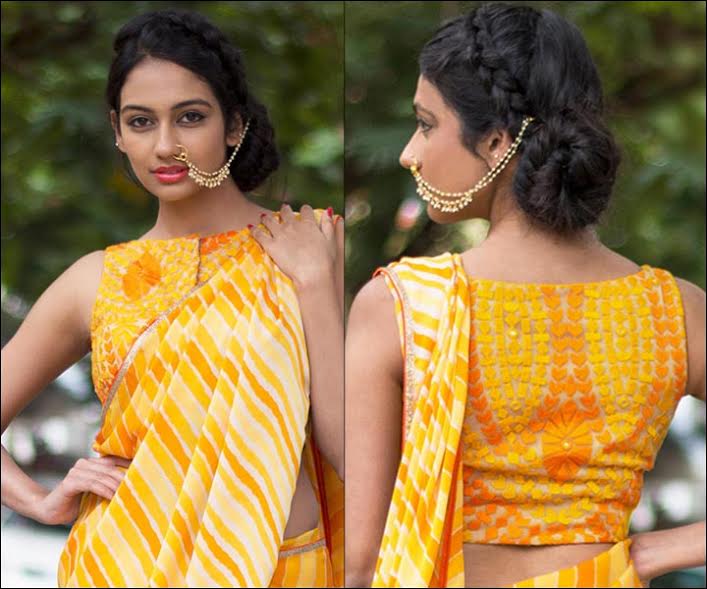


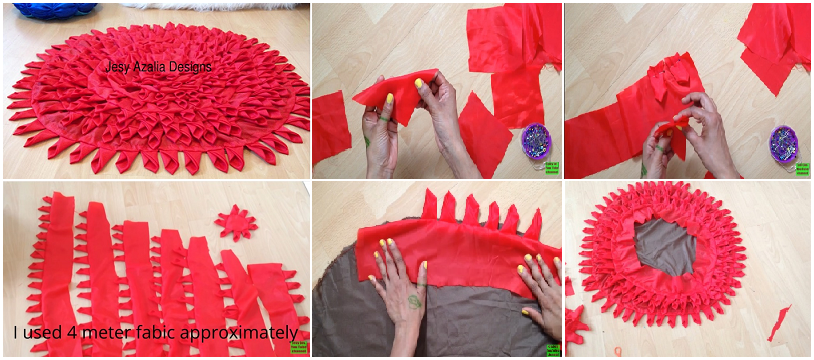
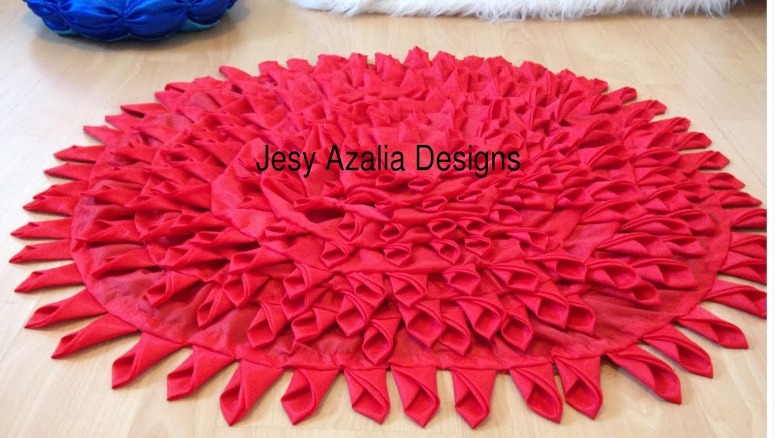
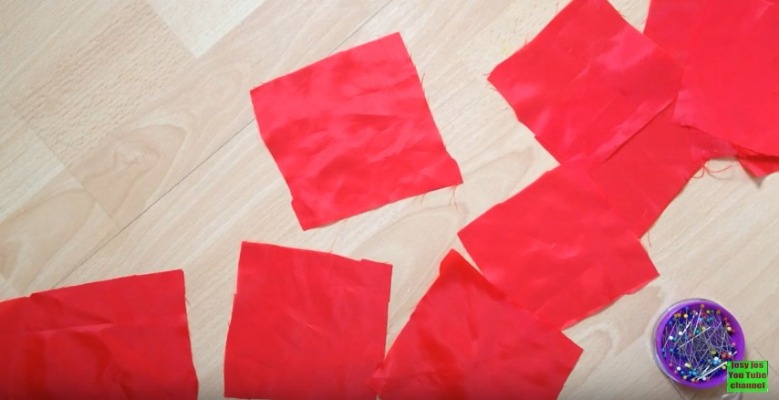

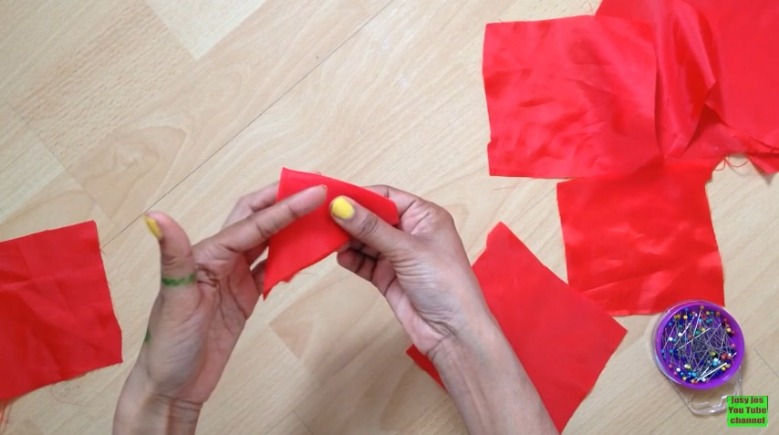

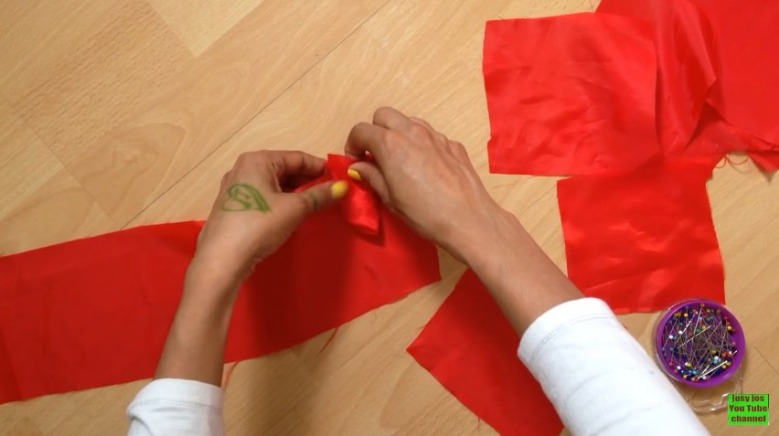


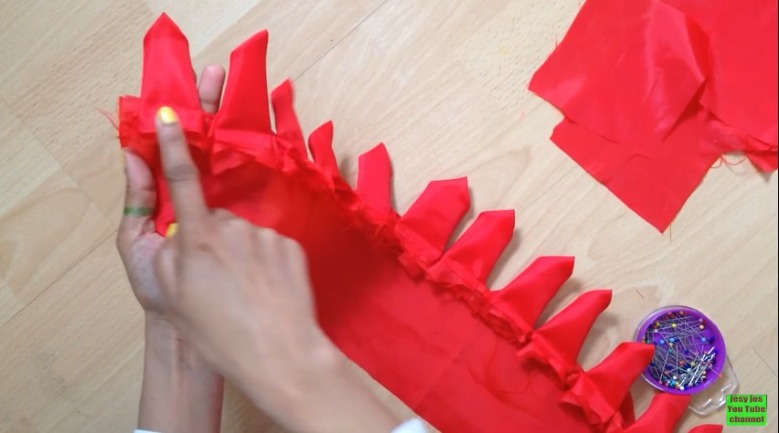
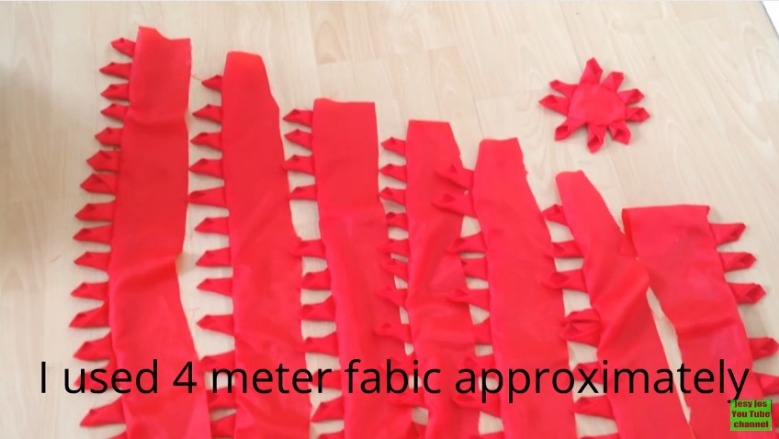

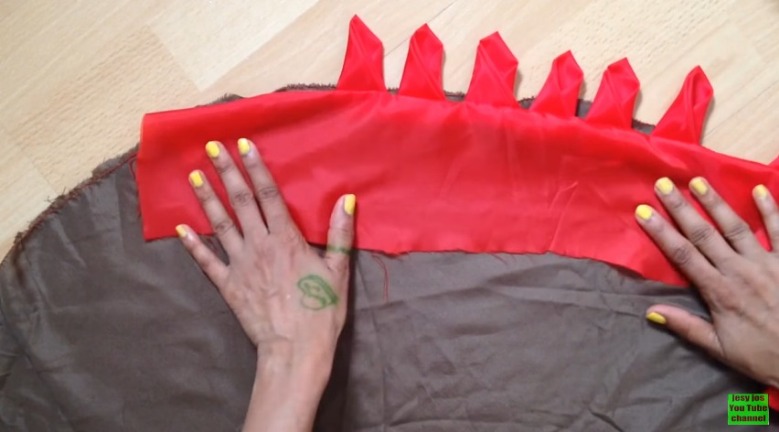

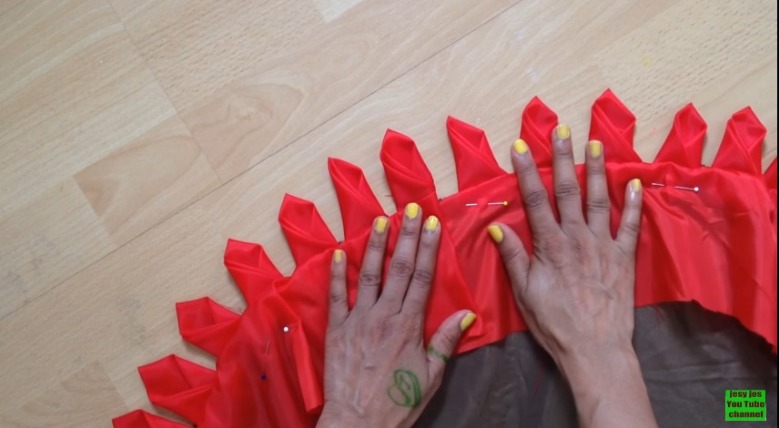
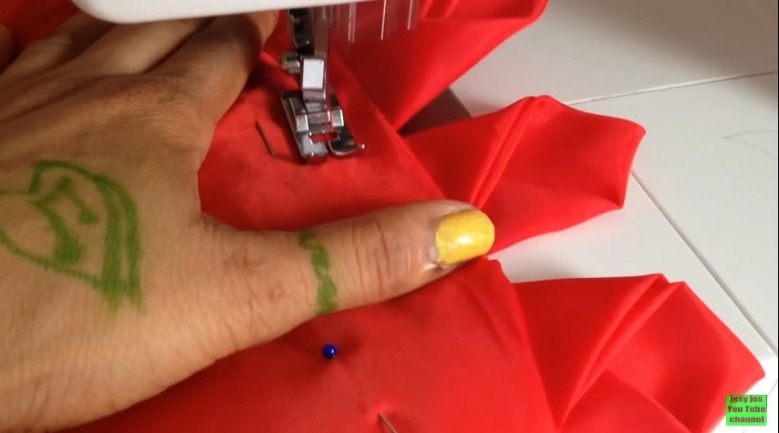
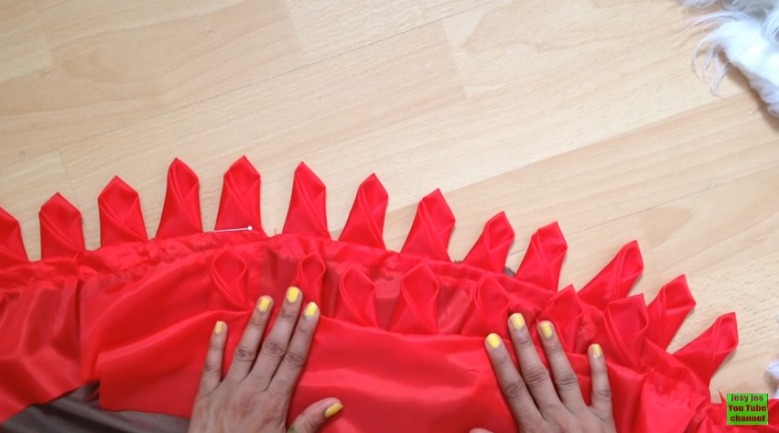
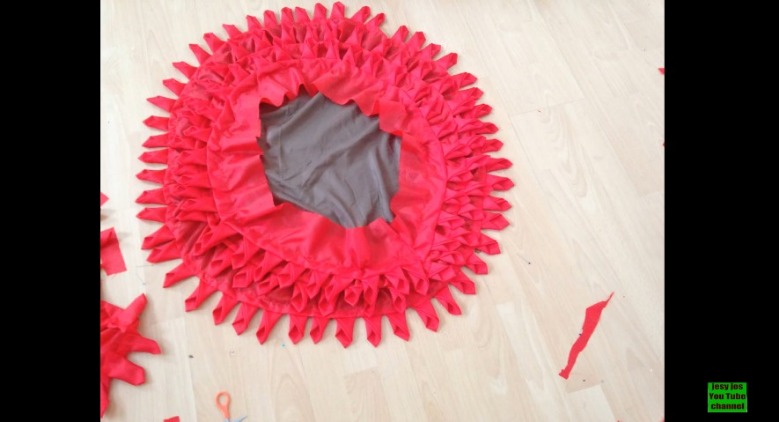

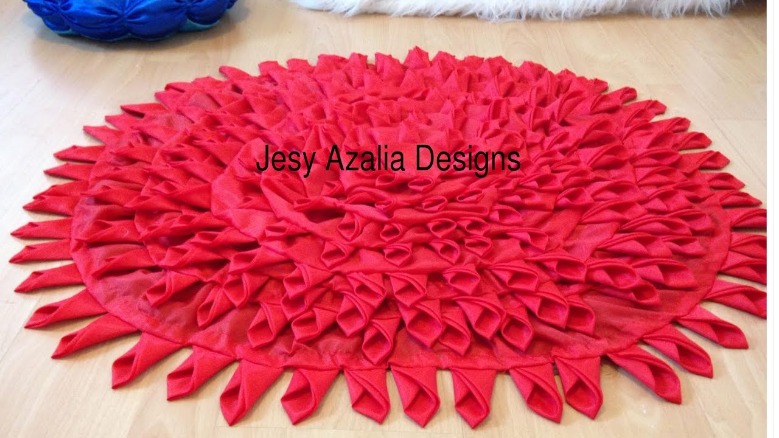
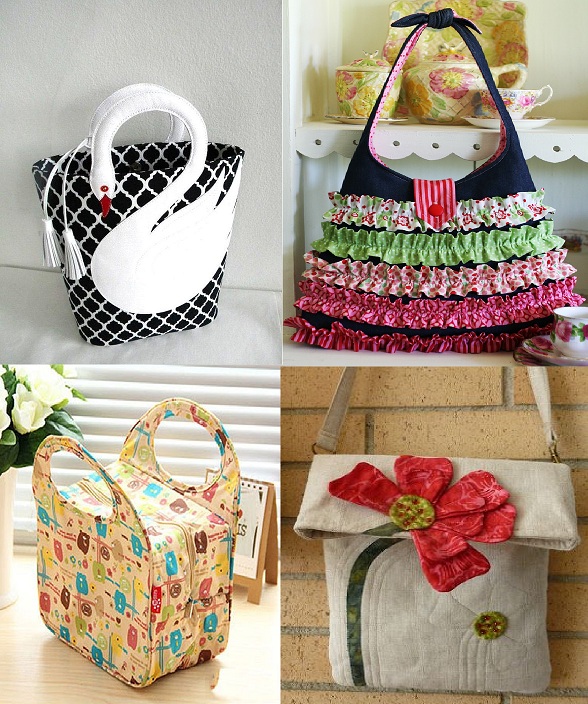























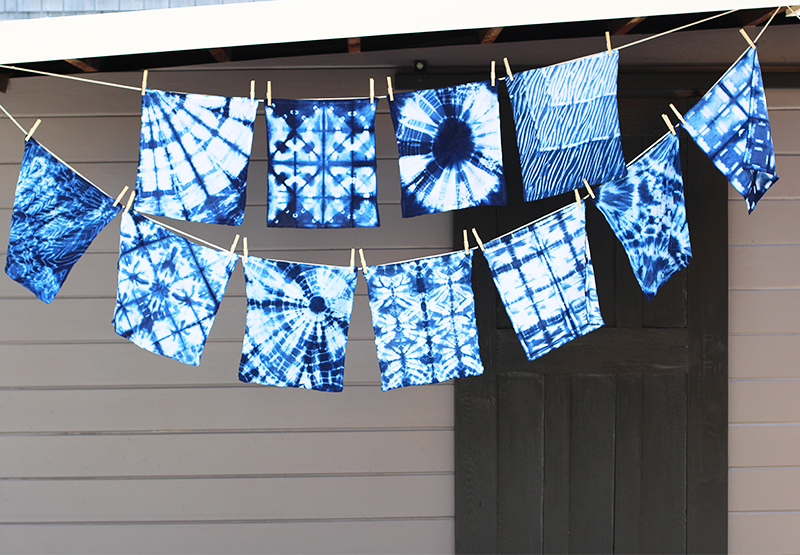

 Fold it again in the other direction – again, like an accordion. Place it between two pieces of wood, or any flat shaped object, and bind it together with string or rubber bands. The shapes and rubber bands will prevent the dye from penetrating the fabric they cover. The larger the shape and the more rubber bands you use, the more white you will see. The smaller the shape and fewer rubber bands you use, the more indigo you will see.
Fold it again in the other direction – again, like an accordion. Place it between two pieces of wood, or any flat shaped object, and bind it together with string or rubber bands. The shapes and rubber bands will prevent the dye from penetrating the fabric they cover. The larger the shape and the more rubber bands you use, the more white you will see. The smaller the shape and fewer rubber bands you use, the more indigo you will see. Arashi is the Japanese term for “storm” and it’s also known as the pole-wrapping technique. It starts by wrapping fabric around a plastic PVC pipe at a diagonal. Once the fabric is wrapped, tie a piece of twine into a double knot at the base of the pipe.
Arashi is the Japanese term for “storm” and it’s also known as the pole-wrapping technique. It starts by wrapping fabric around a plastic PVC pipe at a diagonal. Once the fabric is wrapped, tie a piece of twine into a double knot at the base of the pipe.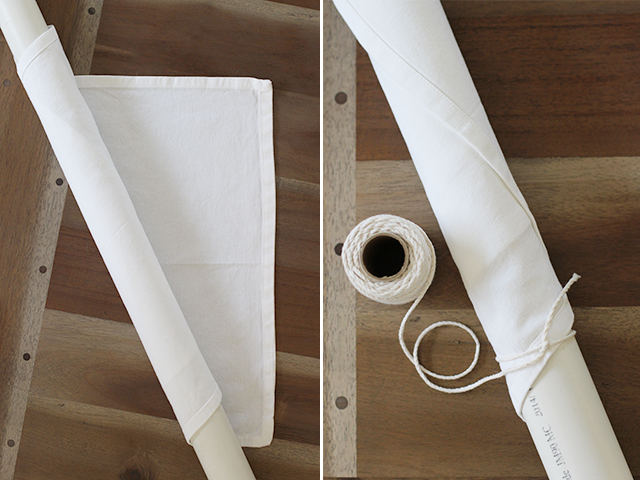 Wrap the twine around the fabric. After 6-7 wraps around the pipe, scrunch the fabric down. Give the twine a strong tug to tighten. Tightening before scrunching will make it more difficult to control and move the fabric.
Wrap the twine around the fabric. After 6-7 wraps around the pipe, scrunch the fabric down. Give the twine a strong tug to tighten. Tightening before scrunching will make it more difficult to control and move the fabric.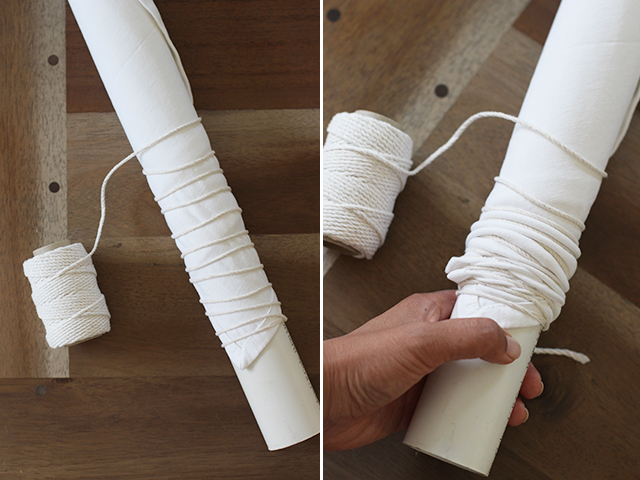 Continue wrapping, scrunching and tightening until all the fabric is compacted. Tie a knot above the fabric. The pattern will be on a diagonal with thin lines of white, where the twine is binding the fabric.
Continue wrapping, scrunching and tightening until all the fabric is compacted. Tie a knot above the fabric. The pattern will be on a diagonal with thin lines of white, where the twine is binding the fabric. Kumo shibori is known as the pleat and bind technique. It involves binding the fabric in very close sections, which results in several spider like designs. This is just one of many ways to experiment with this technique. Start by folding the fabric into an accordion. Pinch and bind into equal sections.
Kumo shibori is known as the pleat and bind technique. It involves binding the fabric in very close sections, which results in several spider like designs. This is just one of many ways to experiment with this technique. Start by folding the fabric into an accordion. Pinch and bind into equal sections.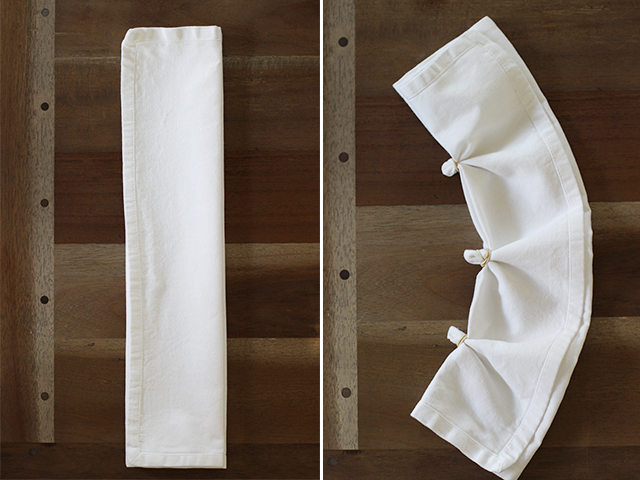 Do the same with the opposite side, in staggered sections. Continue binding with rubber bands, working your way towards the center.
Do the same with the opposite side, in staggered sections. Continue binding with rubber bands, working your way towards the center.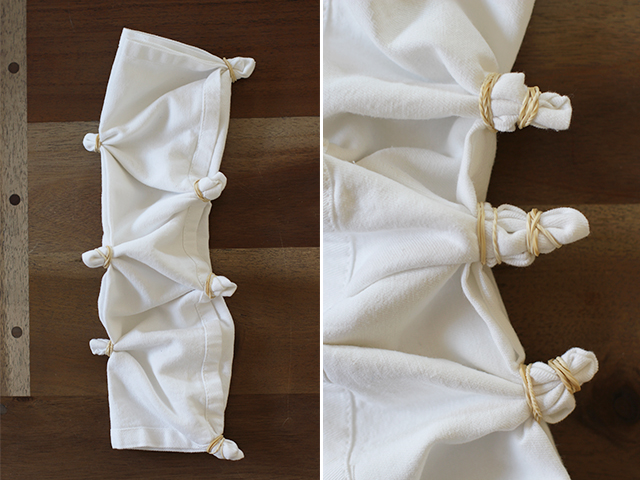 Keep binding until you can’t go any further. Add additional rubber bands to make the fabric into a tight bundle.
Keep binding until you can’t go any further. Add additional rubber bands to make the fabric into a tight bundle.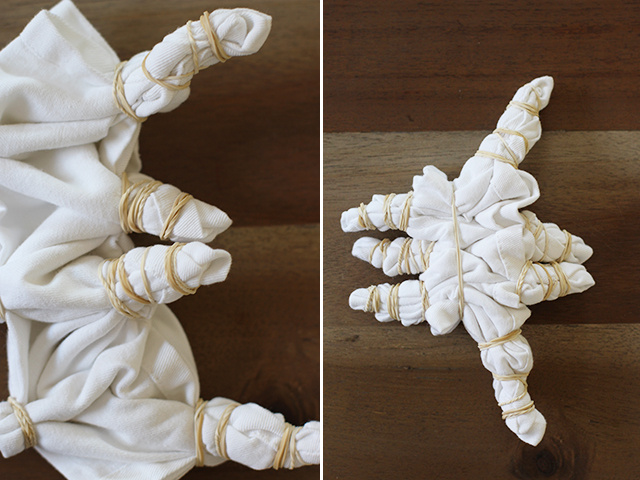 Be resourceful when binding – use clamps, paper clips, binder clips, odd shaped wooden pieces, canning jar lids, etc. There is no right or wrong way to shibori!
Be resourceful when binding – use clamps, paper clips, binder clips, odd shaped wooden pieces, canning jar lids, etc. There is no right or wrong way to shibori! To set up the indigo dye vat, follow the accompanying
To set up the indigo dye vat, follow the accompanying 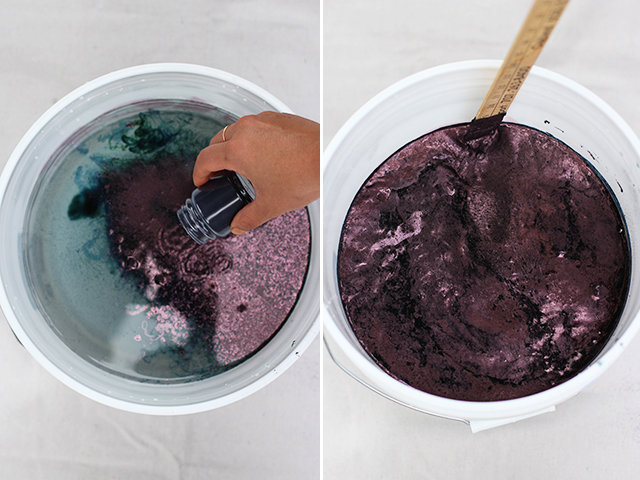 Then pour in the soda ash and reduction agent. Stir again in a circular motion and then in reverse. It is important not to oxidize the dye bath so keeping it covered and stirring it gently is recommended. Once the dyed is well mixed, cover for at least an hour. When you check on the dye, you’ll notice a foamy oil-slick looking top layer and a neon yellow-greenish colored liquid below. This is when you know the dye is ready.
Then pour in the soda ash and reduction agent. Stir again in a circular motion and then in reverse. It is important not to oxidize the dye bath so keeping it covered and stirring it gently is recommended. Once the dyed is well mixed, cover for at least an hour. When you check on the dye, you’ll notice a foamy oil-slick looking top layer and a neon yellow-greenish colored liquid below. This is when you know the dye is ready.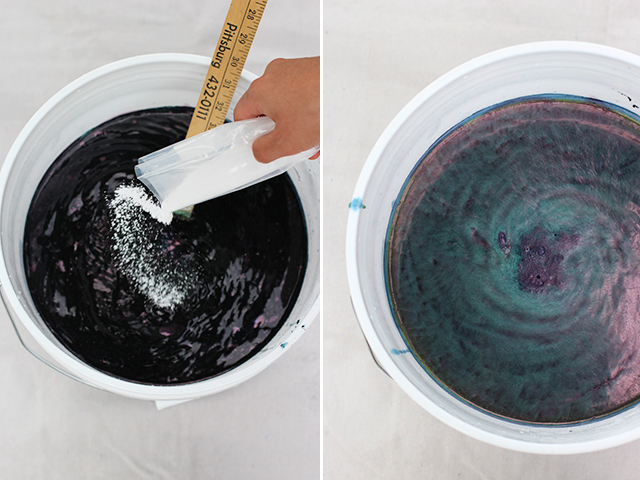 Rinse the fabric in another bucket of clean water. Squeeze out all the water before submerging it into the indigo dye bath. Gently manipulate and massage the dye into the fabric. Again, try not to agitate the dye by working gently under the surface of the dye.
Rinse the fabric in another bucket of clean water. Squeeze out all the water before submerging it into the indigo dye bath. Gently manipulate and massage the dye into the fabric. Again, try not to agitate the dye by working gently under the surface of the dye. After about 5 minutes, take the fabric out of the dye. It will have a green hue but after several minutes, as it is exposed to oxygen, it will turn dark blue. Carefully peek inside one of your pieces and you’ll see the areas in which the dye wasn’t able to penetrate. Lookin’ good!
After about 5 minutes, take the fabric out of the dye. It will have a green hue but after several minutes, as it is exposed to oxygen, it will turn dark blue. Carefully peek inside one of your pieces and you’ll see the areas in which the dye wasn’t able to penetrate. Lookin’ good!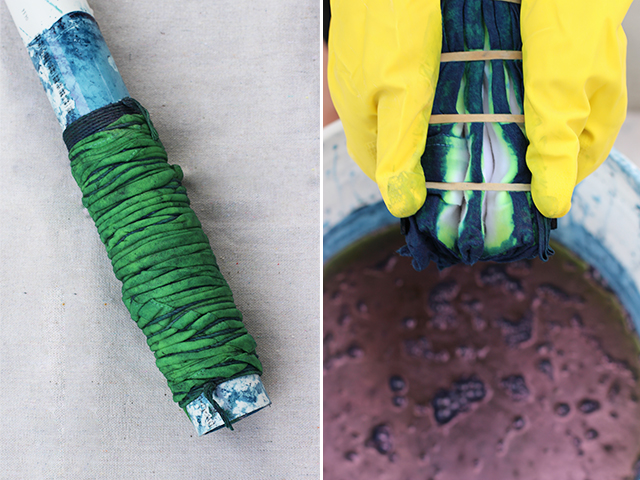 After all the pieces have been dyed and allowed to oxidize, go ahead and repeat the dying process. The more it goes into the dye bath, the darker the indigo hue the fabric will be. And remember, the fabric will always look darker when wet and will fade a bit when washed for the first time.
After all the pieces have been dyed and allowed to oxidize, go ahead and repeat the dying process. The more it goes into the dye bath, the darker the indigo hue the fabric will be. And remember, the fabric will always look darker when wet and will fade a bit when washed for the first time.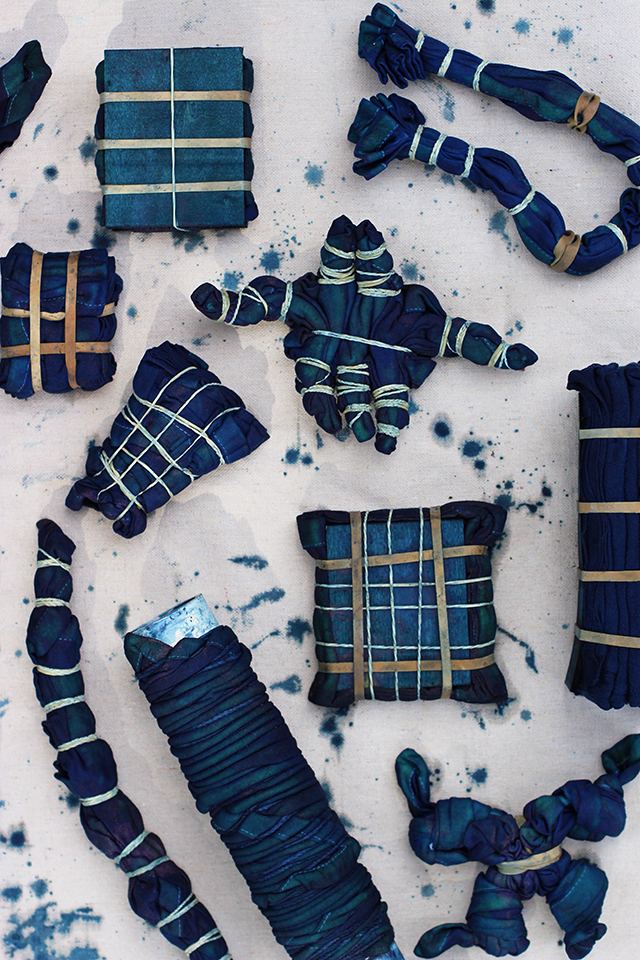 After dyeing, allow the pieces to dry and set. I like to leave them overnight before unwrapping the pieces. Put on a fresh pair of gloves, grab a pair of scissors and keep that bucket of clean water nearby. Give the bound pieces a good rinse in water and then carefully snip away the rubber bands and twine. First up is the shape resist technique. See how the fabric is gridded with striped lines from the rubber bands? My wooden squares weren’t able to exclude the dye completely and I love it! That is the beauty of shibori – there are no mistakes.
After dyeing, allow the pieces to dry and set. I like to leave them overnight before unwrapping the pieces. Put on a fresh pair of gloves, grab a pair of scissors and keep that bucket of clean water nearby. Give the bound pieces a good rinse in water and then carefully snip away the rubber bands and twine. First up is the shape resist technique. See how the fabric is gridded with striped lines from the rubber bands? My wooden squares weren’t able to exclude the dye completely and I love it! That is the beauty of shibori – there are no mistakes.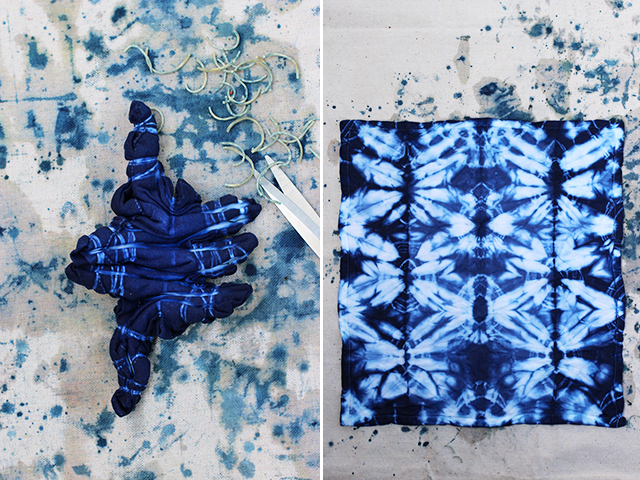 Now for the pleated and bound resist technique . . .
Now for the pleated and bound resist technique . . .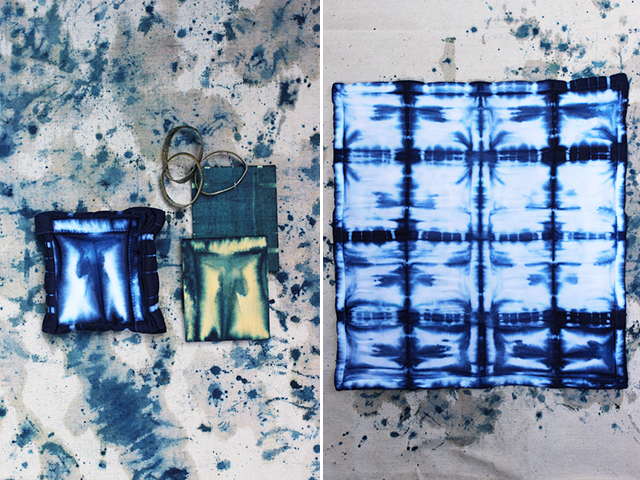 And the pole tying technique . . .
And the pole tying technique . . .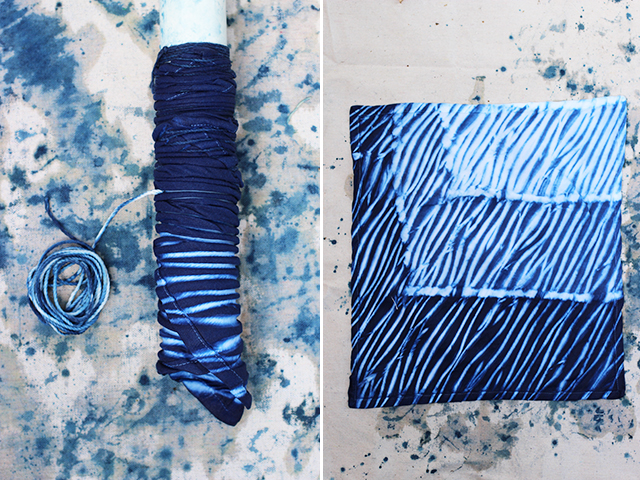 I used binder clips here to bind a square accordion fold.
I used binder clips here to bind a square accordion fold. Here, I simply knotted all four corners of the fabric individually.
Here, I simply knotted all four corners of the fabric individually. And then there is the good ol’ binding method we all did in grade school.
And then there is the good ol’ binding method we all did in grade school.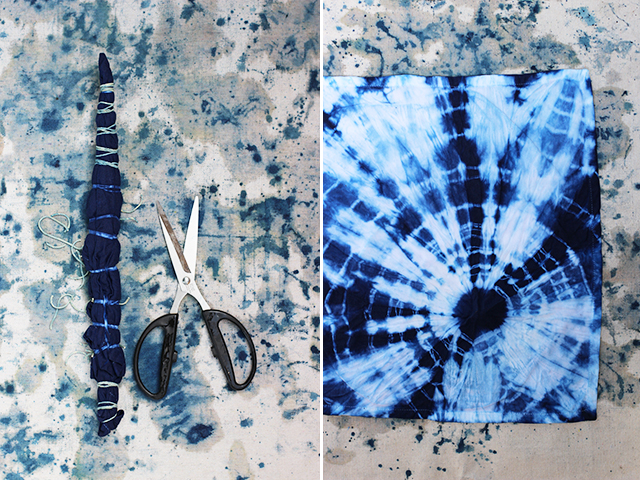 Once all the pieces have been unwrapped, wash them in the washing machine with cold water without detergent. Line dry, or dry on the lowest heat setting in a dryer, and iron to set the color.
Once all the pieces have been unwrapped, wash them in the washing machine with cold water without detergent. Line dry, or dry on the lowest heat setting in a dryer, and iron to set the color. (images by HonestlyWTF)
(images by HonestlyWTF)